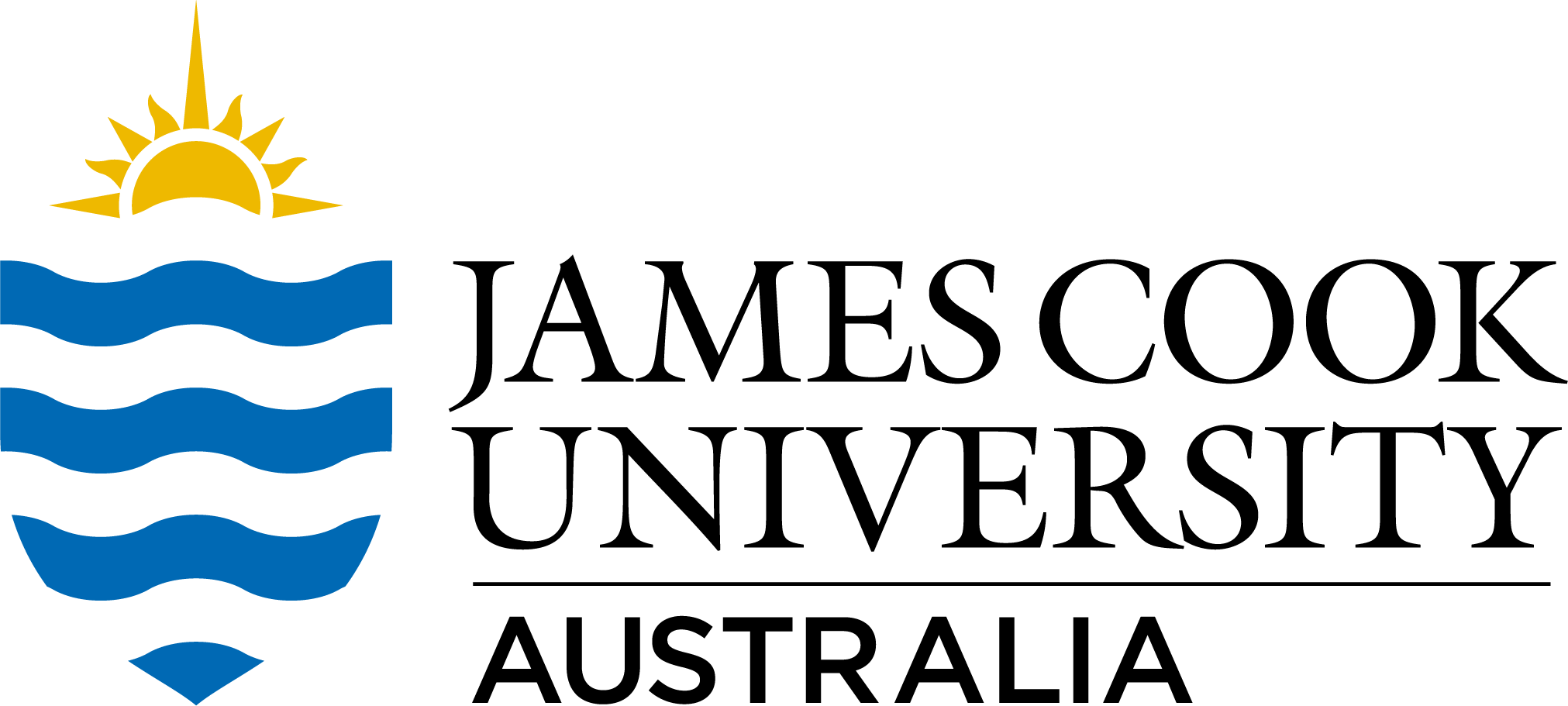Full description
Background: This study explores the stability of the symbiotic relationship between coral and their dinoflagellate algae (Symbiodiniaceae) under increasing heat stress. In a 2-month manipulative experiment, the thermotolerant coral Porites lutea was exposed to increasing temperatures, from 28˚C to 32˚C (0 – 8 Degree Heating Weeks, DHW), and the stability of the host-symbiont relationship was assessed through coral and Symbiodiniaceae transcriptomics, microbial 16S rRNA gene sequencing and physiological measurements.
The data record contains:
- link to the NCBI BioProject containing raw sequence data generated from 16S rRNA gene sequencing (PRJNA1050834)
- link to the NCBI BioProject containing raw sequence data generated from mRNA sequencing (PRJNA1050834)
- one csv file with the coral Health score used in the analyses
- one csv file with the photosynthesis and respiration data
- one csv file with the Symbiodiniaceae photochemical effective efficiency data
- link to the GitHub repository with the R scripts generated for the analyses
Software/equipment used to create/collect the data:
- 16S rRNA amplification (515F-806rB primers) of gDNA from coral (Porites lutea) and seawater samples; Illumina MiSeq sequencing (2x250 bp).
- RNA sequencing from coral samples; NovaSeq 6000 S2 (2 x 100 bp)
- health score assessment over time using the CoralWatch Coral Health Chart (Siebeck et al 2006)
- measures of net photosynthesis and respiration rates over time by assessing oxygen concentration using an Optical probe after placing corals in 600 mL plastic chambers for 50-min incubation under light conditions (130 µmol photons m−2 s−1) and 75-min incubation in dark conditions, respectively.
- measures of photochemical effective efficiency over time using a mini-PAM fluorometer (Walz, Germany; settings: MI = 4; SI = 8; SW = 0.8; G=2; D=2)
Software/equipment used to manipulate/analyse the data:
- amplicon paired-end reads were analysed in QIIME 2 (v2020.8), and output data were imported and analysed in R (v 4.0.3).
- reference-based transcirptomics was applied using the RNA-seq aligner STAR, and output data were imported and analysed in R (v 4.0.3).
- physiological measures were analysed in R (v 4.0.3).
Created: 2024-04-03
Data time period: 27 09 2019 to 26 02 2020
Spatial Coverage And Location
text: Great Barrier Reef, Australia
User Contributed Tags
Login to tag this record with meaningful keywords to make it easier to discover
- DOI : 10.25903/C5J3-1P16

- Local : researchdata.jcu.edu.au//published/6c4d2420eb2b11ee8988d3e32f708ce2


